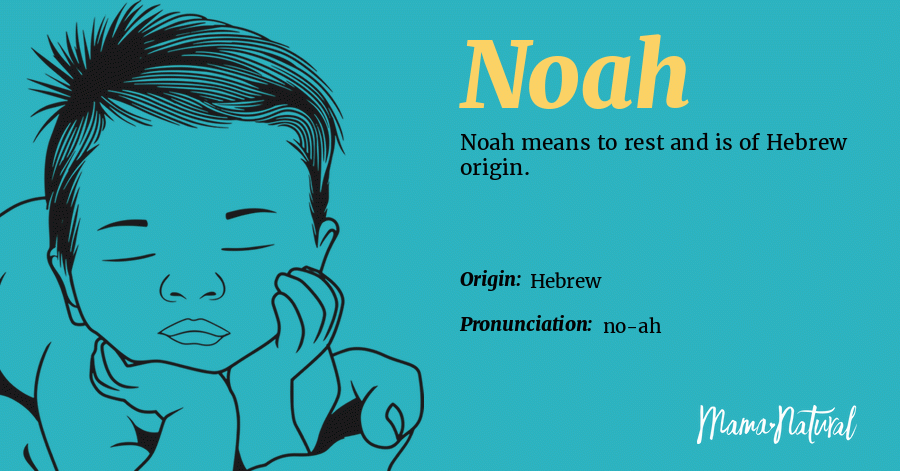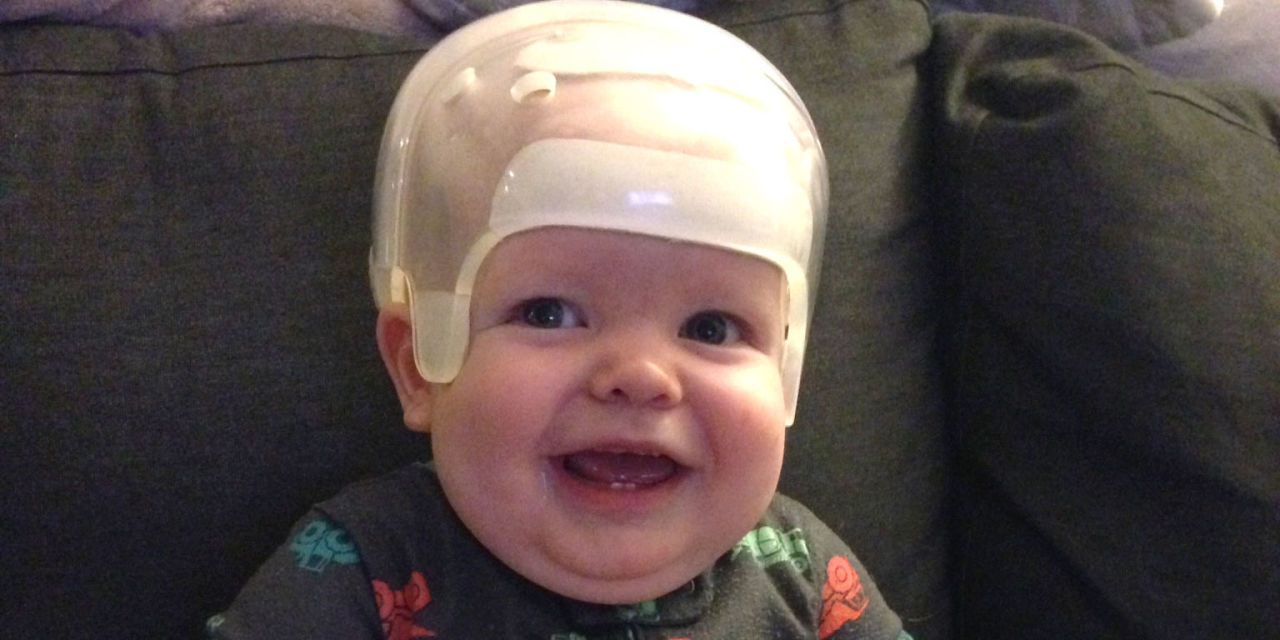
If your doctor thinks ‘failure to thrive’ is the cause of the sunken fontanel, you may be offered breastfeeding support.Ī bulging fontanel can be a sign that something is wrong with your baby. An inability to absorb the nutrients from milk can be caused by feeding problems, food intolerances and genetic conditions. Malnutrition, also known as ‘failure to thrive’, can also be a cause of sunken fontanel. Breastfed babies usually do not need any water though you may notice that they breastfeed more frequently on hot days.

For formula fed babies, you can offer cooled water in a bottle between feeds. To reduce the risk of dehydration, you should ensure your baby has enough to drink on warmer days. If your doctor diagnoses dehydration, your baby may be offered IV fluids as treatment. Severe dehydration is a medical emergency and requires immediate medical attention.

A sunken fontanel, reduction in wet diapers, dark urine and lethargy are other symptoms of dehydration in babies. Babies are at an increased risk of dehydration so it’s important to recognize the symptoms of this condition. If your baby’s fontanel appears sunken, this could be a sign of dehydration. Keeping a close eye on your baby’s soft spot is important because it can provide clues to your baby’s health. A healthy baby’s fontanel should curve inwards very slightly.

Your healthcare provider will check your baby’s fontanel at each visit. Though it is called the soft spot, it is actually quite firm.

Parents often worry about injury to the soft spot, but, in fact, it is quite tough. The anterior fontanel (the soft spot nearer the front of the skull) should close by the time your baby is around 18 months old though it could happen as early as nine months. The soft spot at the back of the skull is the first to close, usually be the time your baby is eight weeks old. They remain open for a few months after the birth to allow for rapid brain growth. The bones are open during birth to allow the baby being born. The bones of your baby’s skull have not yet closed, leaving soft spots on the top of the head. The fontanel is the name given to the soft spots on your baby’s head.


 0 kommentar(er)
0 kommentar(er)
